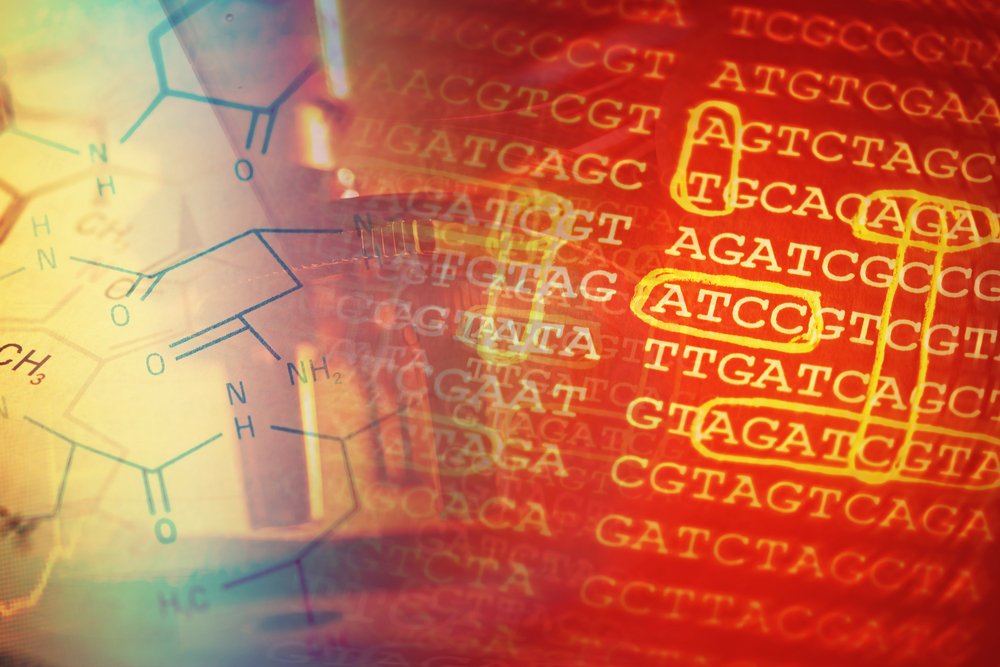
A recently filed lawsuit suggests trouble may be brewing for the new era of genomic testing. The case is a tragic one: a mother claims that an inaccurate result from a genetic test contributed to the death of her two-year-old son, who had a mitochondrial disorder. The mother, Amy Williams, is suing the test provider, Athena Diagnostics, as well as its parent company, Quest Diagnostics, for negligence. (For a good explanation of it, check out this article.)
I am neither a lawyer nor a genome scientist, so I don’t intend to weigh in on the lawsuit. I cannot comment on the specifics of the case or the medical chain of events that led to it. What I can discuss is the potentially damaging long-term effect that challenges like this could have on a medical field that is still getting its bearings.
At issue in this lawsuit is the interpretation of a DNA variant that turned up in the results of a genetic test run on the child, Christian Millare. The suit alleges that the variant, which was classified and reported as having “unknown significance,” should have been categorized differently based on the evidence available at the time.
That noise you may hear is the collective teeth-gnashing of clinical geneticists everywhere. Here’s what you need to know about variant interpretation: all genetic variants are classified on a spectrum that ranges from “pathogenic” and “likely pathogenic” to “likely benign” and benign.” Smack in the middle of that spectrum is a gray zone, or what some genetic experts have referred to as “diagnostic purgatory”: the much-dreaded arena for variants of unknown significance. There are more than 20,000 genes in the human genome, each one home to thousands — perhaps millions — of variants. There is no single algorithm to authoritatively assess the significance of all these variants. For each one discovered in a genetic test, experts have to comb through the scientific literature and make a judgment call about whether the evidence is strong enough to classify it as generally benign or pathogenic. When there isn’t enough evidence, the variant stays in purgatory.
To understand the art form of this classification process, consider just a few of the questions these experts must consider as they weigh the evidence: Is this a paper from a high-quality or a low-quality journal? Does this paper report on one or two people, or hundreds of people? Do the cases reported match the patient undergoing the genetic test, or are there differences that may be biologically relevant? Were there follow-up studies to prove the result, or should it still be considered a research hypothesis? Are there other papers that contradict the findings reported?
I’ve spoken with many of these experts over the years, and what keeps them up at night is the fear of missing the one paper, the one detail that may have swayed them to categorize a variant differently than they did. These people are terrified that a result they deliver could lead to the kind of tragedy reported in this lawsuit.
The sad thing is, it’s unavoidable. We are in the earliest, messiest, foggiest phase of this revolution of genomic medicine. We have such great hopes for what this new era will bring, but in order to get there, we have to go through the trial and error that comes with any new field. Even in cases today where variant analysis seems black and white, we will no doubt learn in the coming years that there were more shades of gray. The genomics community is only a few decades old, and our understanding of the human genome is downright paltry compared to what it will be decades from now. Scientists fully expect to uncover whole new types of genetic variation in the future; it’s reasonable, because they’ve discovered whole new types of genetic variation just in the last few years.
Interpreting the genome, and every variant it harbors, will be a long, hard slog. We are at the very beginning of that journey.
And as a society, we have to find a way to accept that—because if we don’t, the fear of making mistakes will drive too many great minds away from this challenge. The reality of being part of a medical revolution is that we are all guinea pigs. Scientists and data analysts and clinicians are trying their best, but they will be wrong. A lot. In cases where there is real malpractice or gross negligence, we should root it out to prevent it from happening again. But there will be far more cases where someone analyzing a variant simply makes the wrong judgment call.
For now, doctors and patients need to recognize the embryonic state of this field and use genetic tests in conjunction with other sources of diagnostic information. (Or at least get a second opinion on those tests when major medical decisions rely on them.)
I have no idea whether Amy Williams’ lawsuit is the result of true malpractice or of a parent asking too much from a genetic test. What I do know is that it would be a real shame if this tragedy, and others like it, hindered the very innovation that will ultimately make genetic test results and genomic medicine more reliable and accurate.
Lawsuit Underscores Risk of Thinking Genetic Tests Authoritative
A recently filed lawsuit suggests trouble may be brewing for the new era of genomic testing. A mother claims an inaccurate test result contributed to the death of her young son, who had a mitochondrial disorder. But interpreting genetic tests remains as much art as science, which we will have to accept if this field is to get on its feet. It would be a shame if such tragedies hindered the innovations that will ultimately make genomic medicine more reliable.
















